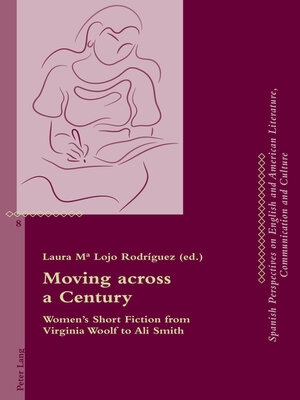Moving across a Century
ebook ∣ Womens Short Fiction from Virginia Woolf to Ali Smith · Critical Perspectives On English and American Literature, Communication and Culture
By Manuel Brito

Sign up to save your library
With an OverDrive account, you can save your favorite libraries for at-a-glance information about availability. Find out more about OverDrive accounts.
Find this title in Libby, the library reading app by OverDrive.



Search for a digital library with this title
Title found at these libraries:
| Library Name | Distance |
|---|---|
| Loading... |
The difference between modernism and postmodernism has been object to constant revision from a variety of critical perspectives. The present collection of essays on women's short fiction tackles anew this thorny distinction from the theoretical perspective sketched by psychoanalytical philosopher Slavoj Žižek. According to Žižek, modernism hints at the incompleteness of the Symbolic Order, but does so from a separate, marginal and alternative sphere of enjoyment. Postmodernism, on the contrary, exposes the fundamental inconsistency of the Symbolic Order by giving it a central place at the very core of the text. The key distinguishing feature is the mutation of the status of paternal authority throughout a century to which modernist and postmodernist texts are responsive. Starting from this theoretical premise, this volume analyses the work of five major women practitioners of the short story – Virginia Woolf, Katherine Mansfield, Elizabeth Bowen, Angela Carter, and Ali Smith – to offer fresh critical readings of canonical pieces that exhibit either a modernist or a postmodernist sensibility. The volume has, therefore, both critical and theoretical value: it redefines Woolf 's and Mansfield's modernist status, the transitional character of Bowen's short stories, and the different versions of postmodernism found in the work of Carter and Smith, while, at once, contributing to the reassessment of modernism and postmodernism from a new theoretical angle. The methodological consistency of the book – half-way between collection of essays and monograph – places it at a remove from the usual collection of critical pieces from disparate perspectives around a particular issue.







